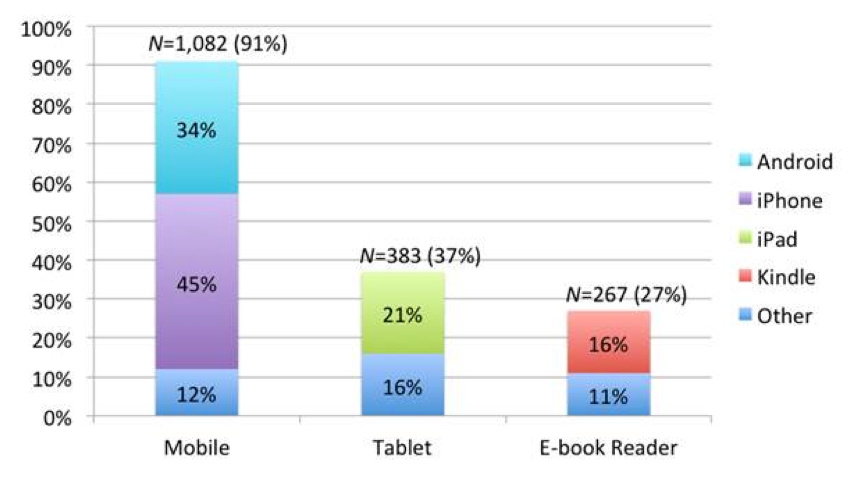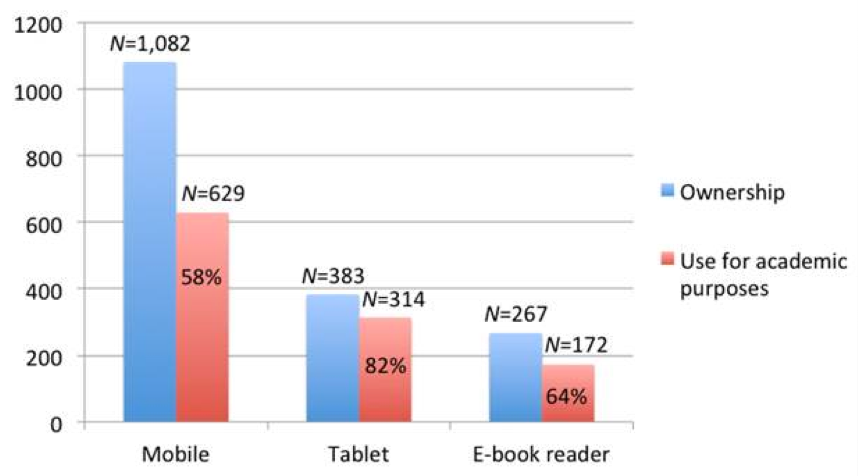Tara N. Bazler
Registration - The First Student Facing Kuali Student Module
Key points known about our student users
- When it comes to academic tasks - students want to get in, get it done, get out.
- Tasks need to flow in a clear, logical manner. Reduce learning curve.
- For many tasks such as registration, the user will use the system during specific points in the year (not everyday tools). navigation, flow, process must be clear and easy to follow.
- Provide necessary information within the process, when and where the user needs it.
- Research at IU - students have too many places to go to obtain necessary information (course info, professor info, schedule of classes, making registration a cumbersome process. want the info where it is needed and they want to know the information is accurate/authoritative info from the source.
- Some students will do considerable planning prior to registration and so will move more easily and quickly through the process, other will not.
- Pain points:
- Registration is hard. Hard to find and get into preferred classes. More popular classes are difficult to get into (especially for freshman, sophomores who register later in the process).
- It is not clear what courses are about.
- Contradictory information on various systems (including program curriculums, instructors, credits, course descriptions).
- Understanding how classes meet requirements of single major, double majors, minors.
- Understanding prerequisites.
- Different systems are not integrated, forcing the student to write information down and then enter as they move from application to application. (for example, look up a course, note course and class codes, then enter that information in registration application).
- Students own and use a variety of devices including desktops, laptops, tablets, phones. it is not clear that any specific device is replacing others - they use them all for a variety of reasons in a variety of locations.
New factors taking center stage
Mobile
Literature review - Exploring Students' Mobile Learning Practices in Higher Education
- “Although students still rate laptops (85 percent) as the most important devices to their academic success, the importance of mobile devices such as tablets (45 percent), smartphones (37 percent), and e-book readers (31 percent) is noticeably on the rise. “

Mobile use at the University of Central Florida (N = 1,082)
- “Increasingly, students say they want the ability to access academic resources on their mobile devices.3 In fact, 67 percent of students' smartphones and tablets are reportedly being used for academic purposes, a rate that has nearly doubled in just one year.4”

Comparing ownership and use for academic purposes (N = 1,082)
Accessibility
Moving to the world of student facing apps brings this issue to the forefront.
- Approximately 11% of students have some sort of accessibility issues that will affect how they interact with our institutions. Not an insignificant number of users and we need to provide services that will meet their needs. While no university is guaranteed to have a specific number of disabled students at any given time, the following numbers represent the number we might see based on the current average of 11%:
- University of Utah ~ 32,388 - 11% is 3,563
- UMD College Park - ~37,631 - 11% is 4,139
- University of Washington ~ 43,762 - 11% is 4,814
- North-West (2012 - Undergrad) ~58,752 - 11% is 6,463
- University of Toronto ~83,156 - 11% is 9,147
- Indiana University ~110,436 (2011) - 11% is 12,148
- Legal implications - We are responsible for providing accessible software. If we don’t, institutions that implement the software will either need to build it in afterwards or be subject to legal action.
Ongoing and additional work
- Research user data - peak numbers for concurrent users accessing registration systems, schedule of classes at partner institutions.
- U of Toronto - peak during registration is ~1,200 concurrent users with an average of 200-300.
- IU - peak use Fall 2013: 5,147 This number includes schedule of classes, registration, and other student information activities. More specific breakdown based on activity to come.
- Gather and synthesize user and device analytics from KS partner institutions.
- Determine additional considerations for accessibility within a mobile context.
- How do faculty use registration services? What are their needs?
- Personas (see Personas section on the UX Research page for current personas) - are they helpful? If so, to who and how are they used? What would make them more helpful?


